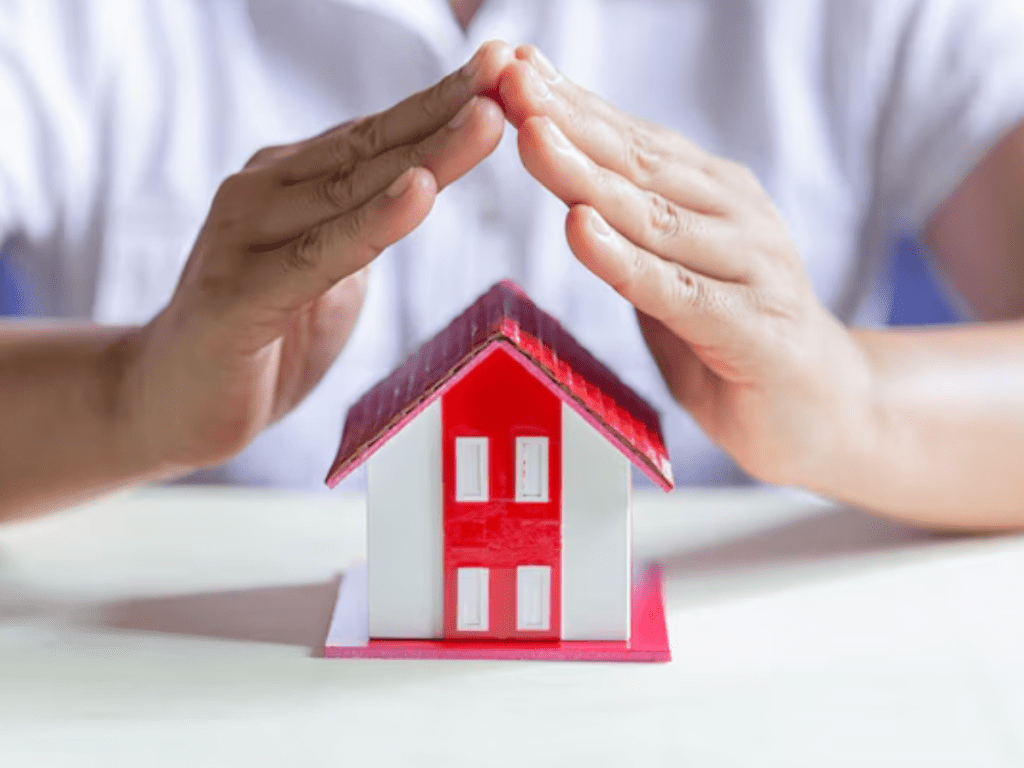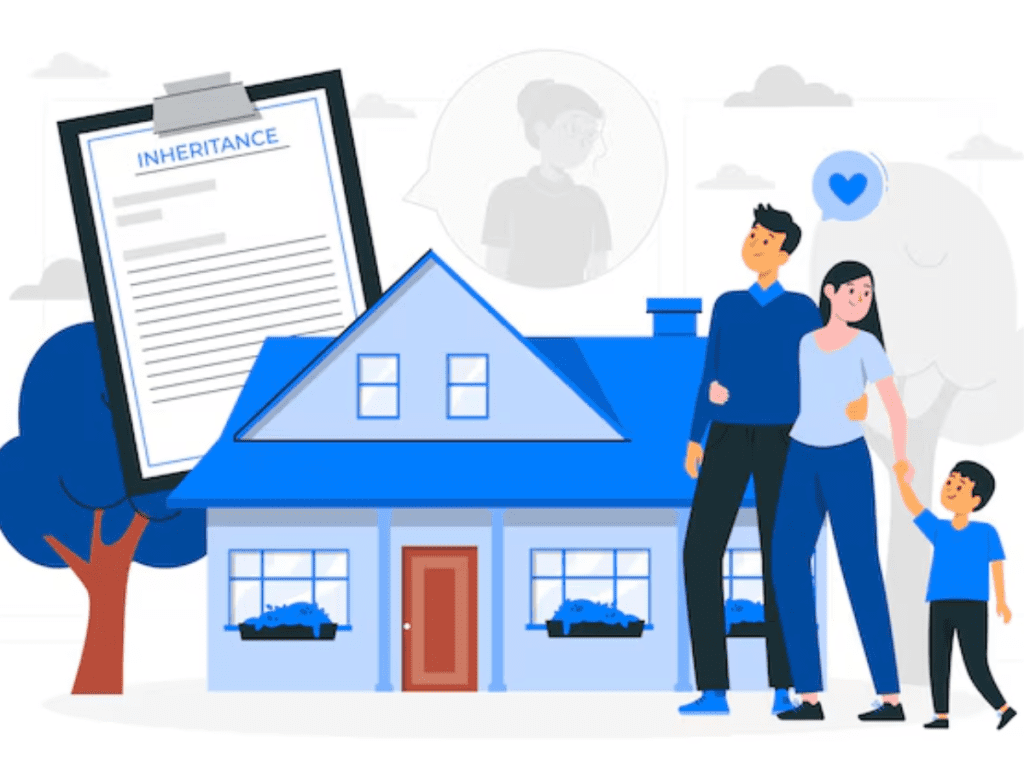Introduction
Home insurance is an important type of protection that homeowners trust to protect their property from unforeseen calamities and accidents. Although it offers necessary coverage, not all occurrences are included in a standard home insurance policy. Knowing the exact coverage and exclusions is important to ensure you’re properly shielded from a variety of risks. Following, we have a detailed explanation of what home insurance does cover, and what it does not cover, and some factors that you might need to factor in.
What Home Insurance Covers
- Dwelling Protection
The core of any home insurance policy is dwelling protection.
This protects the physical structure of your home itself—your walls, roof, floors, ceilings, foundation, and built-in equipment like air conditioning or heating units. If your residence is damaged or destroyed by a covered occurrence (e.g., fire, lightning, vandalism, or weather), dwelling coverage will cover the cost of repairing or reconstructing. Based on your policy, this protection might also cover detached buildings such as garages or sheds.
Key Considerations:
- Make sure your dwelling coverage limits are adequate to fully rebuild your house in case of a total loss. If local property values have risen, you might need to update your coverage limits accordingly.
- Policies can cover either the cost of rebuilding the house to its original status or to existing building codes, which can be different.
- Personal Property Coverage
Home insurance also covers the personal property in your home, including furniture, clothing, electronics, and appliances. This coverage kicks in if your personal belongings are damaged, stolen, or destroyed as a result of a covered incident, such as a break-in, fire, or storm. Subject to the policy, it may also include coverage for personal belongings when you’re away from home temporarily or traveling.
Key Considerations:
- Homeowners must maintain an inventory of their personal property, such as photos and receipts, to facilitate claims in the event of damage or loss.
- Typical home insurance policies will have limits of insurance for personal property. High-value items such as jewelry, paintings, and collectibles usually need extra coverage (also referred to as a rider or endorsement) to be adequately insured.
- Liability Protection
Liability protection is perhaps the most significant aspect of home insurance.
It pays for the damages if a visitor is hurt on your property or you damage another’s property. For instance, if a guest trips and falls on your driveway, or your dog bites a person, liability protection pays for their medical bills, legal fees, and damages awarded in court. This can also include damages resulting from accidents that happen outside your home.
Key Considerations:
- Homeowners need to check their liability coverage limits to make sure they have sufficient protection, particularly if they have a high net worth or own assets that may be targeted in a lawsuit.
- Most policies offer personal injury coverage, which may extend to cases such as defamation or slander that take place within the walls of your home.
- Additional Living Expenses (ALE)
If your residence is rendered uninhabitable as a result of a covered incident, Additional Living Expenses (ALE) coverage can help with the additional expenses you incur while displaced. This can be costs associated with temporary lodging, food, and other basic living expenses. For instance, if a fire renders your house uninhabitable and you’re required to stay in a hotel, your ALE coverage would cover that. - Key Considerations:
- ALE coverage usually has a limit on the number of days or dollars available for temporary residence. Make sure this is sufficient for your circumstance, particularly if it will take several months to rebuild.
- Hold onto receipts for every expense incurred as a displaced person, as the insurance company may need them to settle a claim.
3. Other Structures Coverage
Your homeowners insurance policy can also insure other structures on your property, including a detached garage, shed, fence, or gazebo. In the event one of these buildings is damaged or destroyed by an insured peril, the other structures coverage can pay for repairs or replacement.
Key Considerations:
- Note any limitations for particular structures, particularly if the item is being utilized for a business or not being properly maintained.
- In case you have a pool, particular policies might necessitate additional coverage or endorsements for possible liabilities, such as slip and fall accidents.
- Loss of Use
Loss of Use, a component of ALE coverage, guarantees that in the event that your dwelling is rendered uninhabitable as a result of a covered loss, the expenses incurred in continuing your lifestyle will be paid. These may range from additional transportation expenses, storage charges, to other incidental costs. Key Considerations:
- The duration and extent of money this coverage offers will differ from policy to policy, so make sure your coverage is sufficient for extended displacement if needed.
What Home Insurance Doesn’t Cover
- Flood Damage
One of the most prominent exclusions in home insurance is flood damage.
Floods may be caused by a range of natural phenomena, including heavy rainfall, storm surges, or melting snow, and may result in huge losses to your property and belongings.
Flood damage is not included in normal home insurance coverage.
You need to buy a special flood insurance policy in order to protect your property against floods, and this is frequently offered by the National Flood Insurance Program (NFIP). Key Considerations:
Even if you reside in a low-risk zone, floods can still happen. If you are in a flood-prone area, you may want to add flood insurance to your policy.
- Earthquake Damage
Earthquakes may result in extensive structural damage to houses, such as cracked walls and foundations. Earthquake damage is not usually included in regular home insurance policies. If you reside in an earthquake zone, you might want to invest in a special earthquake insurance policy to cover your home and personal property.
Key Considerations:
- Earthquake coverage typically involves a higher deductible, and it is necessary to examine the details of what is insured, such as the foundations, walls, and personal belongings.
- Maintenance-Related Issues
Home insurance does not pay for damage caused by neglect or a failure to properly maintain your home. For instance, if you don’t fix a leaky roof or take care of your plumbing and a pipe bursts, causing water damage or mold, these things are usually excluded from coverage. That’s your responsibility as a homeowner to take care of your property so it doesn’t happen.
Key Considerations:
- Regular maintenance, inspections, and repairs are necessary to prevent damage that may be costly and difficult to repair, and ensure that your home insurance will cover accidental damage.
- High-Value Items
Standard homeowners insurance policies put limits on what you can cover for valuable items such as jewelry, artwork, or collectibles. If you have valuable possessions, it makes sense to purchase extra coverage or endorsements (riders) to fully protect them. Such items might carry special coverage limits, and without additional coverage, you could lose out on the full replacement value if they’re stolen or damaged.
Key Considerations:
- Put your valuable items on your insurer’s list and supply supporting documentation, including appraisals or receipts, to verify the extra cover.
- Intentional Damage Home insurance will not cover you for any damage that you or a household member deliberately do. For instance, if you deliberately burn your home or you deliberately damage your property, the insurer will refuse the claim.
Key Considerations:
- Intentional or fraudulent destructive conduct is not acceptable to insurers and may lead to cancellation of your policy and loss of coverage.
- Home Business Activities
If you operate a business from home, home insurance will typically not cover any damage related to your business. This includes damage to business equipment, inventory, or liability risks related to your business activities. A separate business insurance policy is necessary for full coverage.
Key Considerations:
- If you work from home or have a home office, talk to your insurer about whether you need special coverage for risks associated with running a business from home.
- Negligence
If your property is damaged through failure to take reasonable precautions to preserve it, your home insurance might not be able to cover the loss. For example, if you neglect to lock your home from preventable damage, like having windows open when there is a storm, or failing to sufficiently remove ice from sidewalks, your insurance company could reject your claim due to negligence.
Key Considerations:
- Always exercise basic precautions, including keeping your roof in good condition, locking windows and doors, and taking care of possible hazards on your property to prevent negligence exclusions.
How to Make Sure Your Home Insurance Coverage is Sufficient
While it is important to understand your home insurance policy’s coverage and exclusions, just as important is having the correct amount of coverage. Far too many homeowners neglect to properly review their policy on a regular basis, and this can leave them underinsured when they need it most. Use the following steps to make sure you have the proper home insurance coverage:
1. Review and Update Coverage Regularly
Home values and personal possessions both fluctuate with time. As the value of your home appreciates because of renovations, upgrades, or inflation, your dwelling coverage limits also need to be updated. Not doing so may lead to inadequate coverage if your home has to be rebuilt. In the same way, your personal property value may appreciate as you add more possessions to it, so you must update your policy limits to capture such changes.
Important Points to Keep in Mind:
- Go through your policy once a year or when a major change has been made, for instance, renovations on your home or the buying of valuable items.
- Your dwelling and personal property limits should be enough to restore or rebuild your house and effects in case of complete loss.
2. Increase Your Liability Limits
Standard liability coverage may be insufficient if you have a large net worth or own valuable assets. If a lawsuit is brought against you, you may become financially responsible for more than standard policy limits. Raising liability limits can add extra protection and help protect your assets in the event of a claim.
Key Considerations:
- Think about an umbrella policy, which gives you extra liability protection above and beyond the limits of your home policy. This can safeguard you from being sued for big money if a lawsuit were to come out of nowhere and devastate your assets.
- If you own a pool, trampoline, or other high-risk amenities on your property, you might need extra liability coverage to pay for potential claims that could arise from accidents.

